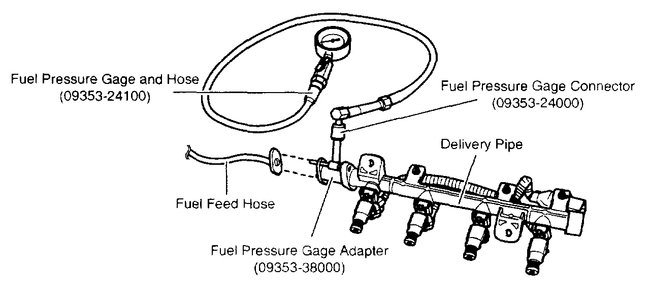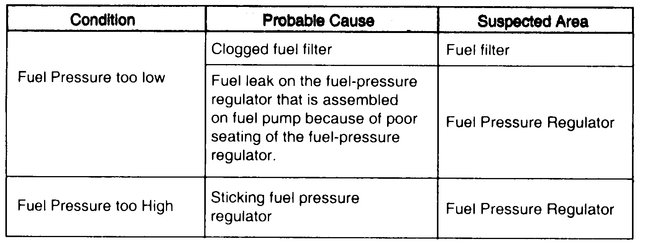Welcome to 2CarPros.
Is the check engine light flashing or staying on when the engine is running? I have to be honest, there are many things that can cause this. When it was related to wet weather, that sounds like an ignition issue. Has the vehicle been tuned up recently? Have you checked to see if the fuel pressure is within the manufacturer's specs? Even a bad or partially plugged catalytic converter or one that is loose internally can cause this.
Here are a few links that explain how to check for a few things. I will start with a quick video that shows how to scan the computer.
https://youtu.be/YV3TRZwer8k
I realize most people don't own a scanner, but most parts stores will do it for free or rent or lend you a scanner to check it. If the check engine light flashes or is staying on, this is step one.
As far as the catalytic converter, the insides sometimes come loose and rattle. If you hear that sound from the exhaust, the internal components may be moving around and blocking the exhaust.
Now, fuel pressure is another issue. Not only too little pressure, but too much as a result of a faulty pressure regulator. Here is a link that shows how to check fuel pressure:
https://www.2carpros.com/articles/how-to-check-fuel-system-pressure-and-regulator
Here are the directions specific to your vehicle for testing fuel pressure. The attached pics correlate with the directions. Pictures 2 and 3 are diagnostic tools to help identify cause.
____________________________________________
FUEL DELIVERY SYSTEM
Fuel Pressure Test
1. PREPARING
1. Open the service cover under the floor carpet.
2. RELEASE THE INTERNAL PRESSURE
1. Disconnect the fuel pump connector.
2. Start the engine and wait until fuel in fuel line is exhausted.
3. After the engine stalls, turn the ignition switch to OFF position and disconnect the negative (-) terminal from the battery.
Note: Be sure to reduce the fuel pressure before disconnecting the fuel feed hose, otherwise fuel will spill out
Fuel Pressure Special Service Tool
Pic 1
3. INSTALL THE SPECIAL SERVICE TOOL (SST) FOR MEASURING THE FUEL PRESSURE
1. Disconnect the fuel feed hose from the delivery pipe.
Caution: Cover the hose connection with a shop towel to prevent splashing of fuel caused by residual pressure in the fuel line.
2. Install the Fuel Pressure Gage Adapter (09353-38000) between the delivery pipe and the fuel feed hose.
3. Connect the Fuel Pressure Gage Connector (09353-24000) to the Fuel Pressure Gage Adapter (09353-38000).
4. Connect the Fuel Pressure Gage and Hose (09353 41 00) to Fuel Pressure Gage Connector (09353-24000).
5. Connect the fuel feed hose to the Fuel Pressure Gage Adapter (09353-38000).
4. INSPECT FUEL LEAKAGE ON CONNECTION
1. Connect the battery negative (-) terminal.
2. Apply battery voltage to the fuel pump terminal and activate the fuel pump. With fuel pressure applied, check that there is no fuel leakage from the fuel pressure gauge or connection part.
5. FUEL PRESURE TEST
1. Disconnect the negative (-) terminal from the battery.
2. Connect the fuel pump connector.
3. Connect the battery negative (-) terminal.
4. Start the engine and measure the fuel pressure at idle.
Standard Value: 343 Kpa (3.5 kgf/cm cm, 49.8 psi)
Incorrect Pressure
Pic 2
If the measured fuel pressure differs from the standard value, perform the necessary repairs using the table below.
Pressure Drops
pic 3
5. Stop the engine and check for a change in the fuel pressure gauge reading.
After engine stops, the gage reading should hold for about 5 minutes
Observing the declination of the fuel pressure when the gage reading drops and perform the necessary repairs using the table below.
6. RELEASE THE INTERNAL PRESSURE
1. Disconnect the fuel pump connector.
2. Start the engine and wait until fuel in fuel line is exhausted.
3. After the engine stalls, turn the ignition switch to OFF position and disconnect the negative (-) terminal from the battery.
Note: Be sure to reduce the fuel pressure before dIsconnecting the fuel feed hose, otherwise fuel will spill out.
7. REMOVE THE SPECIAL SERVICE TOOL (SST) AND CONNECT THE FUEL LINE
1. Disconnect the Fuel Pressure Gage and Hose (09353-24100) from the Fuel Pressure Gage Connector (09353-24000).
2. Disconnect the Fuel Pressure Gage Connector (09353-24000) from the Fuel Pressure Gage Adapter (09353-38000).
3. Disconnect the fuel feed hose from the Fuel Pressure Gage Adapter (09353-38000).
4. Disconnect the Fuel Pressure Gage Adapter (09353-38000) from the delivery pipe.
Caution: Cover the hose connection with a shop towel to prevent splashing of fuel caused by residual pressure in the fuel line.
5. Connect the fuel feed hose to the delivery pipe.
8. INSPECT FUEL LEAKAGE ON CONNECTION
1. Connect the battery negative (-) terminal.
2. Apply battery voltage to the fuel pump terminal and activate the fuel pump. With fuel pressure applied, check that there is no fuel leakage from the fuel pressure gauge or connection part.
3. If the vehicle is normal, connect the fuel pump connector.
________________________________
Let me know if the light is on. Also, if you get it scanned, let me know the codes that you find. Please feel free to let me know if you have other questions or need help.
Take care,
Joe
Images (Click to make bigger)
Friday, May 17th, 2019 AT 9:07 PM





